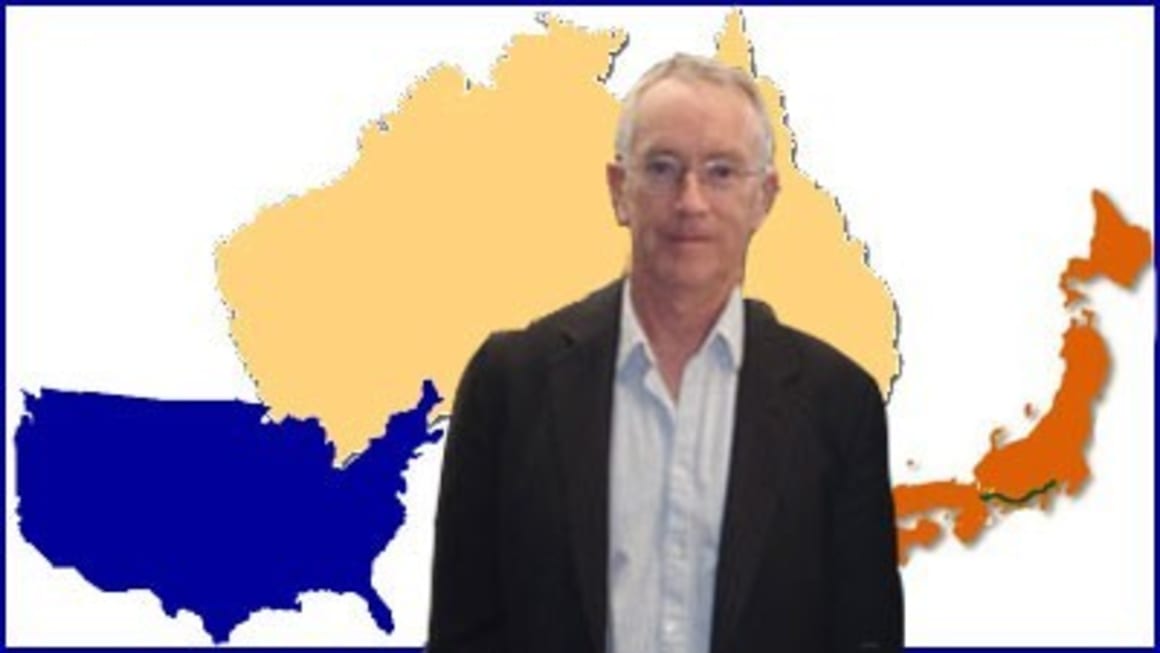Australian housing market still facing Japan- or US-style downturn due to deleveraging: Steve Keen

The Australian housing market is at a point where it will either decline slowly or collapse swiftly due to the drive among households to reduce their debts and increase their savings, says property bear Steve Keen.
Keen, professor of economics and finance at the University of Western Sydney, says the current drive by households to reduce their debt has been a precursor to a collapse in house prices in both the US and Japan, though at different rates of decline.
“Far from preventing a house price collapse, deleveraging is what causes one,” he says.
Keen provided the following graph comparing house prices from their peaks in the US, Japan and Australia and shows Australian housing heading down one of two slopes:

“To me the only question is whether we have as slow a decline as Japan or as fast as the USA's due to deleveraging.
“So far (using ABS data till December) prices have fallen about 9% in real terms since the peak in June 2010. The wildcard for Australian housing is the reaction of mum and dad investors to the decline in house prices, since if they swap sides from buy to sell, the volume of unsold properties could grow substantially and put further pressure on prices,” he says.
His comments follow a panel discussion on the housing market in Melbourne during which RP Data senior research analyst Cameron Kusher said he agreed with Keen that there was too much debt in Australian households.
“The RBA likes the fact that households are deleveraging and putting more money into the bank,” Kusher added.
Keen told Property Observer the remarks were “very interesting”.
“They have skirted around the debt issue for some time,” Keen says.
“My argument starts from the proposition that demand for housing comes from new mortgage debt, so the level of new mortgages is the major factor in setting the level of house prices. Therefore for house prices to rise, new mortgages must be increasing faster than the supply of housing rises.
“That was the case for most of the period from 2003 till 2008, and again under the influence of the first-home vendors’ boost from 2009 till mid-2010. But since then new mortgages have falling, and that drop in monetary demand is the key factor driving prices down.
“Thus far from preventing a house price collapse, deleveraging is what causes one,” he says.
The graph below included in the March RBA chart pack shows clearly how Australian household debt as percentage of disposable income increased from less than 50% in the late 1980s and early 1990s to above 150% as well as the recent downward trend in household deleveraging.
